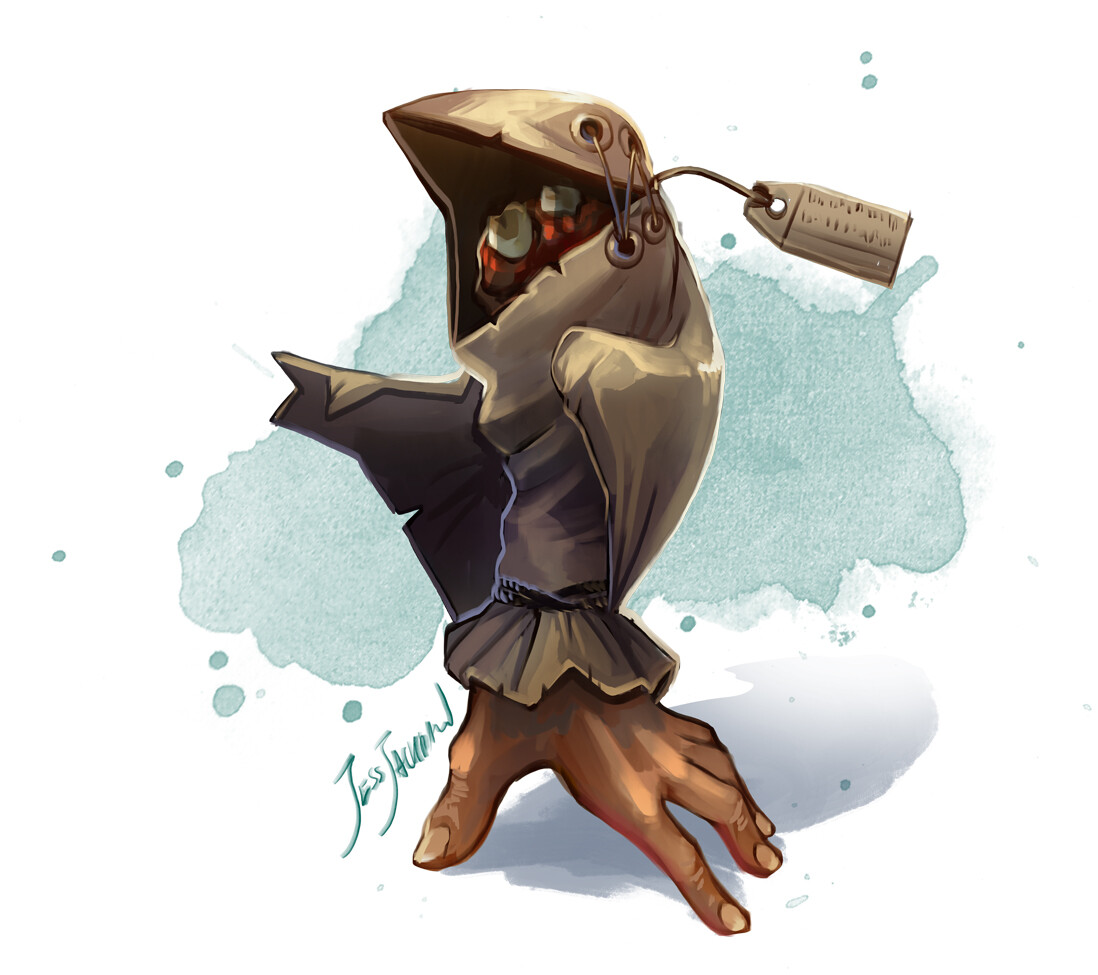
While the scale and number of migrations is still not entirely clear, as there would appear to have been numerous migration events over the years, Beringia - which refers to the entire area on either side of the Strait - is becoming a key geographical area in the search for answers about Homo sapiens' migration into the New World. Archaeologists have long known from stone tools and other remains that one or more waves of migrants crossed the dry Bering Strait between modern-day Russia and Alaska many millennia ago, working their way south into Canada, the US, and Central and South America. Yesterday, a group of researchers headed by Justin Tackney published a paper in the Proceedings of the National Academy of Sciences on ancient DNA analysis from two infant burials in Alaska that date back at least 11,500 years. (Illustration courtesy of Ben Potter, UAF.)ĭiscovering the Origins of the First Americans Also found in the grave were a stone cutting tool, above center, and animal antlers with spear points, right of center.

Outlines of the two sets of remains are shown at left and center. Read More: Earliest Case of Leprosy in Britain Reveals Scandinavian Origins of the DiseaseĪn illustration of an 11,500-year-old grave in central Alaska that contained a rare double burial of. The Bronze Age is the edge of history, and ancient DNA is making what happened at this critical time more visible." Another co-author, Eske Willerslev, added that "these results show that the ancient DNA has the potential not only to map our history and prehistory, but also discover how disease may have shaped it." Then, as Eurasian societies grew in complexity and trading routes continued to open up, maybe the conditions started to favor the more lethal form of plague. The mechanism of transmission in the Bronze Age was instead human-to-human transmission, much like the way tuberculosis is spread.Ĭo-author Robert Foley said in a press release that "the endemic nature of pneumonic plague was perhaps more adapted for an earlier Bronze Age population. What this means is that these Bronze Age strains of the plague could not have been carried by fleas and could not have caused the bubonic form of the plague that was particularly deadly in Medieval Europe. pestis spread across different tissues, meaning an infection in the lungs can spread to the blood and lymphatic systems. pestis genomes allows the bacterium to multiply in the flea's guts without being destroyed, causing the flea to bite anything it can while the other mutation lets Y. One of the mutations in the Medieval and modern Y. pestis genomes, they noticed the absence of two genetic components that are present in more contemporary samples of the bacterium. Interestingly, when the researchers looked more closely at the Y. Many of the pandemics discussed in historical records might therefore be attributable to Y. pestis in skeletons comes from someone who died just 1,500 years ago. Even more importantly, one of those people died over 5,700 years ago.

They found evidence of the bacterium in seven adults. pestis by studying the skeletons of 101 people from the Bronze Age. In an article published a week ago in the journal Cell, researchers traced back the evolutionary lineage of Y. The disease was spread through fleas and rats in Medieval Europe, resulting in nearly half the population succumbing to bubonic plague in the 14th century. The bacterium that caused the Black Death - Yersinia pestis - is actually a genetically mutated version that allowed it to reside in the guts of fleas. Was the Black Death an unfortunate mutation?


 0 kommentar(er)
0 kommentar(er)
